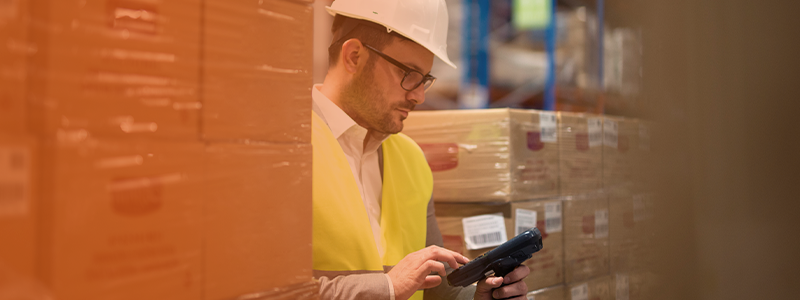
The global economy will soon experience the steepest decline in modern history, and businesses will have to think strategically about how they will move forward amidst the rapid changes happening worldwide. For most organizations, the solution is identifying the necessary adaptations that will help them successfully operate in a dramatically changing landscape — from speeding up inevitable digital transformation to rethinking their operations entirely.
It may not be possible to accurately predict the future, but there are ways to build a smarter, more resilient business to help you future-proof your operations against unexpected disruptions.
1. Invest in an enterprise mobility strategy to make your business sustainable for years to come
Ensuring businesses stay relevant during challenging times is difficult to manage if the foundational pieces are not in place. Ongoing evaluations of how efficient – or inefficient – business processes are, and constant reinvention, are essential for organizations to be able to withstand and recover from serious disruptions. While investing in mobile technology has the power to modernize business-critical mobile operations, to get it right, a long-term and sustainable business strategy also requires staying informed of changing customer needs.
From retail to healthcare, business leaders are seeking IoT-powered solutions that provide real-time insights and enable them to forecast critical needs and pivot their operations quickly. In fact, according to SOTI’s recent report, Racing Toward The Future of Enterprise Mobility, 80% of healthcare respondents admitted their top business priority is to provide real-time services to field workers, which was echoed by those in the energy, oil and utilities sector (80%) as well as those working in financial services (70%).
The use of innovative mobile technology isn’t a foreign concept to many industries. Some industries, like the transportation and logistics (T&L) sector, have been leveraging mobile technology to expedite their operations and provide visibility where it was previously impossible to get. The ability to effectively manage their moving assets and personnel using mobile and IoT technology has enabled T&L organizations to manage the disruption to their supply chain during this global pandemic.
2. Minimize unnecessary risks to your business
However, not every industry has been as quick to adapt and adopt this new way of working. It’s important to strategize your mobile deployments and where they integrate into your current technology infrastructure. Minimizing the risk to your business is always top-of-mind when effecting widespread change to your operations.
It may not be realistic to protect your business against every possible risk, but the recent economic downturn has made leaders cognizant of the importance of having a well-planned business continuity plan. A major threat to organizations has been the sharp rise in cyberattacks across all industries, which were already considered a significant risk to businesses before the pandemic. In fact, SOTI’s report revealed that nearly one in three organizations (31%) have experienced a data breach within the past two years and while the impact of a security breach can cause significant damage to any company, for the healthcare industry, such disruptions can be devastating, even putting patients’ lives in danger.
The biggest cybersecurity concerns for organizations today include data leakages (70%), data breaches (64%), phishing attacks (55%), mobile malware (54%) and malicious apps (47%). A lack of mobile and IoT security preparedness can exacerbate the long-term impact of a data breach, which can be mitigated using the robust tools available from SOTI. For example, in business-critical environments that rely on the IoT, SOTI Connect provides complete lifecycle management of IoT-enabled devices, including securing, managing and supporting all endpoints to ensure your business can stay up and running and are protected against data breaches from network-connected devices.
3. Build greater visibility into your complex supply chain, to manage surprise disruptions big and small
There are myriad of uncertainties in the demand and supply outlook for many industries, but by having full visibility into an organization’s supply chain and inventory needs, companies are better equipped to handle these types of circumstances. Businesses must be primed and ready to respond in an agile manner to supply chain issues and fluctuating product demand. Advancements in Artificial Intelligence (AI), for example, are empowering grocery chains to automate orders through real-time inventory and supply chain management, all while improving the accuracy of forecasting product demand. Automation technologies like these in our everyday lives can greatly improve customer experiences, but they also come with high risks if not managed properly on the backend.
The SOTI ONE Platform simplifies the management and security of all mobile devices and IoT endpoints in an organization by integrating innovative solutions that solve today’s toughest mobility challenges, from remotely diagnosing and fixing mobile tech issues to building custom apps in minutes.
The key to a more resilient business operation that can withstand future disruptions is careful planning. Investing in a mobile-first strategy is just one critical way organizations can protect their operations against the unexpected, while ensuring their business continues to operate smoothly with accuracy, agility and preparedness.



